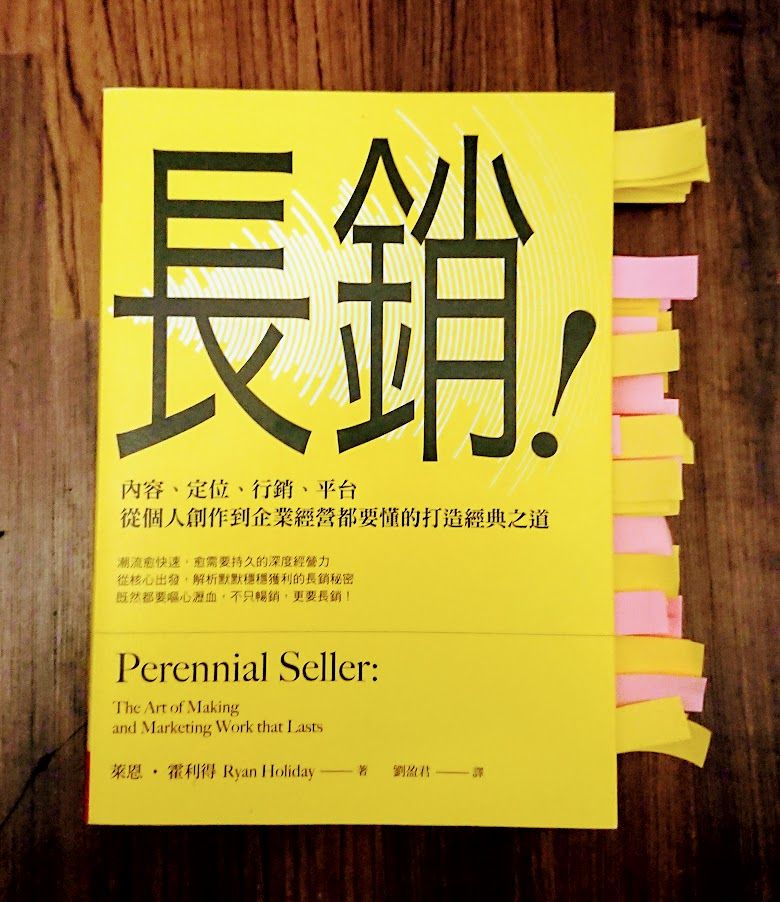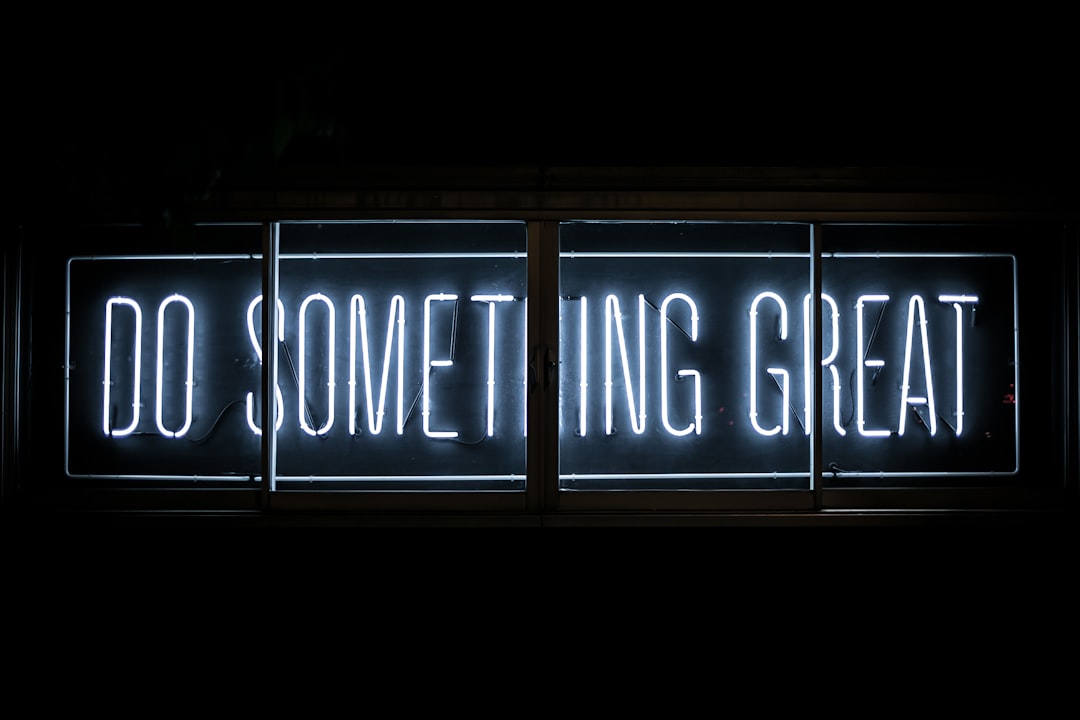"Long Selling": The secret of refining classics, four steps to create enduring works!

Creating a classic is the dream of every creator. But have you ever wondered how those so-called "classics" are made? Why are some works, such as Hayao Miyazaki's films and Beethoven's sonatas, that people can often take out and ponder over and over again even now? But most of the works are fleeting and fleeting?
The book "Long Sales" introduced today is to tell you how these classics were forged. The author of this book, Ryan. Holliday is a best-selling author in his own right, as well as running a consulting firm that has helped many clients create million-selling records or books.
I read this book because Miula is highly recommended in the creator chat room of the square grid. After reading it, it really lives up to its reputation. I am a small creator now, and many of the views in the book are deeply inspiring to me.
The book breaks down building a classic into four steps: content , positioning , marketing , and platform . Next, let us follow the author's footsteps to see how the classics are generated!
【1. Content】
First, to create a classic, the most important thing is the content you produce. To create work that will stand the test of time, here are a few things to know.
[takes a lot of time]
Great content is bound to take a long time to polish. The book emphasizes that all creation is a marathon, not a sprint. Great works go through unimaginable lengths and hardships when they are produced, and they are by no means easy to achieve. Like "1984" author George. Orwell once said:
I write because writing is a terrifying, exhausting struggle, like a painful, long-lasting illness. No one would be willing to accept this torture if it were not driven by this irresistible and incomprehensible demon.
I also struggled with my own writing process. I always scribble and scribble, and sometimes I write a long paragraph, and the next day I feel that it is rubbish and I delete it all. Each piece takes about five to ten hours to produce. See even George. Orwell said this with a deep heart.
(must have a clear motive)
The creative process can be very bumpy, so before you commit to it, ask yourself: Why create ? You can only go for a long time if you decide what you are doing first.
As far as I am concerned, the motivation to write about reading experiences is very simple. Because I like to read books and get a lot from them, I want to spread these inspirations and feelings to more people. Writing the experience and publishing it publicly is the most direct and effective way. I wrote for this, even though I worked hard to write each article, I still kept going.
[Consider the audience]
With the motivation to create, the next step is to think about who your target audience is. You don't have to please everyone when you create, but you must find someone who is willing to appreciate it, otherwise it's just self-inflicted. There is a vivid slogan in the book: Find your niche and scratch it!
If you feel abstract and difficult to think about, you can ask another way: How does your output help your target audience ? There are several questions in the book that I think are quite suitable for the creator to think about:
- What does this teach you?
- What problem does this solve?
- How does this entertain everyone?
- What does this offer , share?
(Don't be afraid of controversy)
I'm not here to get you into trouble. But the author believes that classics can only be created if they play boldly and fearlessly, without being constrained by social frameworks. Ask yourself the same questions as you create:
- Which no-man’s-land to challenge?
- Which lead agency to replace?
- To subvert those groups?
- Will piss those people off?
I haven't gotten that far yet, but when it comes to controversy, I have an example of my own to share. I have previously written "Tang Feng: Freedom and the Future as I See It" and shared it with the reading club " Reader Alumni Association ". But I got some unfriendly comments. Some people said that this kind of book is only suitable for beginner readers, or that buying this kind of book is buying an advertisement. Some people even said that the cover of the book I took looks like a ghost.
It was really sad at the time. But later, this post actually got quite a lot of responses, not only more than 500 likes, but also many netizens came out to reply and encourage. To this day, this is still my most popular post in the community. Maybe my article really hit some people, but it's not necessarily a bad thing.
If you are not controversial, nothing will happen. - Elizabeth. Warzel

【2. Positioning】
The second step in creating a classic is positioning. In fact, positioning and content are two aspects of one body. When creating, the content determines your positioning, but at the same time, you can also modify the content by confirming the positioning. There are several key points in the book on how to position it.
(seeking outside perspectives)
Creating behind closed doors is dangerous, and it's easy to get bad work that only you admire. So you need an honest outside point of view to help fix it. Just as a writer needs an editor; a singer needs a producer; a player needs a coach.
After writing my own articles, I will pass them to my friends to read and listen to different opinions. By the way, I would like to thank them. Apart from taking the trouble to read my long articles, they are also willing to give me advice (laughs).
Remember, people are almost always right when they say you have a problem and say they can't accept it. - Neil. Gaiman
[Continuously revised]
With an outside point of view, it is up to you to make changes. Others may be able to point out your blind spots, but only you know how to fix them. And you have to keep trimming until the piece is in place. No one is perfect from the start.
An example is mentioned in the book. In 1957, the novelist Harpo. Li handed her confident first draft to her editor, only to be told the book was "more like a mass of anecdotes than a full-fledged novel" and required extensive revision. Fortunately, she did as she did, and her final work was the famous "Meigang City Story".
The first drafts are rubbish. - Ernest. Hemingway
[Continuously checking]
When creating, you must constantly review your own work. Make sure you haven't strayed from the original intent of the content set at the beginning. Keep thinking: What is the goal? Has it been reached? The author mentions an exercise that I find interesting: "One sentence, one paragraph, one page".
First put the work aside, and then try to describe your own work with a non-prejudiced heart:
- Describe it in one sentence.
- Describe it in a paragraph.
- Describe it in one page.
- It's xx. It can be used for XX. It helps people xx.
To be honest, I've been thinking about positioning lately. Although I have been in "Wanted Reader's Notice | Follow James, read together, communicate together! > I mentioned that I hope my article can be used as a bridge to allow more people to enter the world of reading. But this setting is obviously not clear enough.
The " Reading Outposts " that I often refer to, are very focused on self-growth type books, very clearly. And my reading experience is very mixed, the euphemism is diverse, but it is more like a willful, wanting to introduce all my favorite books to readers.
I'm still thinking about positioning, and everyone who has read this may leave a message and give me some advice!
In the beginning, creation is a toy, an entertainment, then a mistress, then a master, then a tyrant. Finally, when you decide to appoint obedience, finally kill the monster and throw it at the masses. - Winston. Churchill

【3. Marketing】
With precise positioning and creating great content, the next step is to enter the marketing part. The book talks about a lot of marketing eyebrows and methods. Here are a few to share.
[Promotion is my job]
First and foremost, marketing your work is your job. An important fact must be accepted here: nobody cares about your work . Everyone is busy, especially in this age of information explosion, no one is obliged to look at your stuff, no matter how satisfied you are. Therefore, you have to go ahead and promote it, so that your work can be seen by more people.
This point is especially strong after building my own blog " Mrs's Reading Space ". In the past, on the platform, editors would recommend works and media would reprint them. But on your own website, no one will really read it without promoting it. Now for every article, I will have the cheek to post on some Facebook groups, batch kicks and my bookcase explosion line group to increase visibility as much as possible.
[Word of mouth is the best marketing]
Word of mouth is one of the best marketing methods, and many times people don't find their favorite works through advertising or PR, but through recommendations from people they respect and trust.
Reading the book yourself is a good example. As soon as I saw Miula recommended it on the group, I immediately went to Eslite to buy the book home the next day, because I believed in M's choice.
Further, we can also look for influencers and use their word of mouth to market their work. As I wrote before, "Guide to Life: 28 Basic Skills I Learned from Reading" , because there is a whole paragraph of Vaki's quote, so let him know first. And after he saw the article, he helped to promote it on Facebook fans . Of course I didn't do it on purpose, but it is undeniable that it did increase a lot of exposure.
[Free Strategy and Pirated Apps]
The book mentions a very interesting concept: make good use of free strategies . Like a TED movie, if you pay for it at the beginning, I'm afraid no one wants to watch it. So being free is a way to make your work more accessible to your audience. The author suggests that if not free, it should be as cheap as possible.
The author even believes that don't worry about piracy. Because in a way, piracy is actually good publicity. This reminds me that on the author group of the square grid, someone once suggested to lock the right button to prevent piracy. Obviously, this is not a good strategy for promoting your work.

【Four. Platform】
The last critical step is the platform. Once you have the works, do the marketing, and gain some fan base, the next step is to build a platform to directly grasp the channels and audiences.
[A relationship is a platform]
Generally, when you think of platforms, you may think of Grid , matters , or fans of Facebook and ig. But the author points out more intuitively: the relationship is the platform.
The famous 1000 iron powder theory is mentioned here. This is proposed by Kevin Kelly, the founder of Wire magazine . He believes that as long as a creator can win a thousand "hard fans", he can make a living by creating . So what matters may not be which platform to choose, but how to build a deep relationship with your fans.
[own list]
The book mentions one of the most effective ways to win relationships: build your own list, especially an email list . Because this is the most direct way to engage with your audience. Just like now Facebook adjusts its reach at every turn, and YouTube's yellow label is also erratic. Email is the most reliable medium of communication.
There are some strategies in the book to help you collect and build lists. Like giving away something for free, or using a site's pop-ups to encourage subscriptions, etc. I'm still thinking about how to do this part. But the most intuitive thing to do at present is to continue to share more articles of experience.
I would also like to ask everyone here. If you see my article here and think that it is good and helpful to you, you can subscribe to my e-newsletter and get the first-hand notification of article updates!

【Summarize】
Let's summarize, how to make a classic. First of all, you must understand that content is king, be willing to spend a lot of time creating, and understand why you do it; then you must be accurate, keep an open attitude, and actively accept feedback to adjust the content; and after the work comes out, you must do it yourself; finally, you must make good use of the platform Build strong relationships with fans.
This book is quite inspiring to me. Of course, my current articles are still far from the classics. But I also began to try to adapt the methods in the book, and learn to think in a longer-term perspective, to consider whether the articles I wrote will continue to be influential in five or ten years.
Classics are always classics, and they will become more and more classics, like the compound interest effect of creation. - "Long Sales"
In short, I think this is a good book that is very suitable for creators to read, thanks to M for the recommendation. I also hope that every creator can create their own classics! To quote the author: Don't just create works, create success. Let's share!
If you like this article, you can help me by clicking Appreciate Citizen! If you have any ideas, please leave a message and tell me!
Like my work? Don't forget to support and clap, let me know that you are with me on the road of creation. Keep this enthusiasm together!


- Author
- More